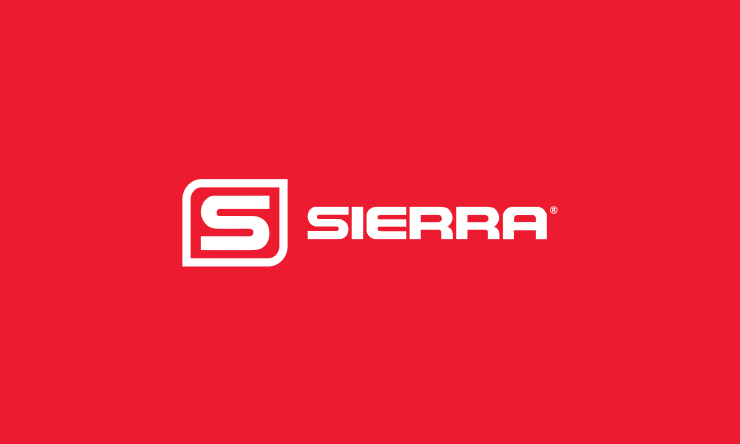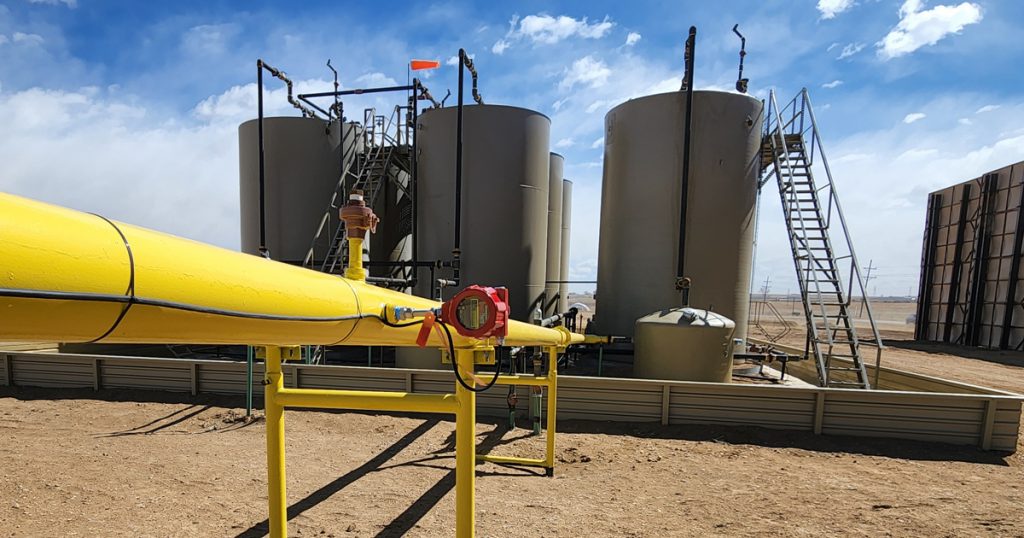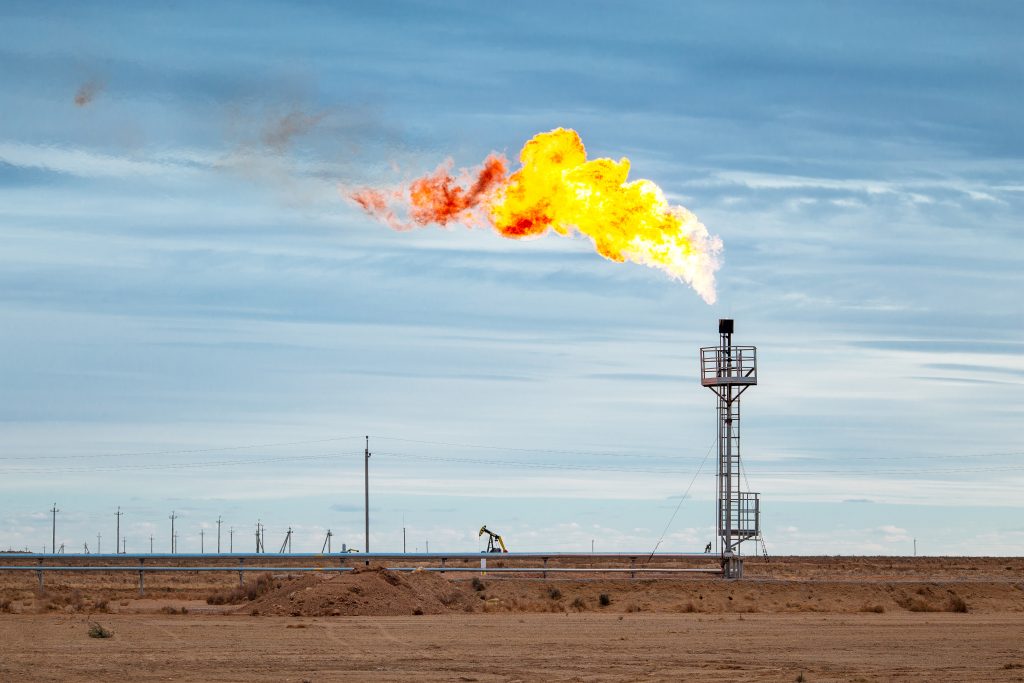
Stay On Top of Methane Metering and Emissions Regulations

As climate concerns continue to dominate the national (and global) conversation, tightening state and federal regulations on methane emissions can pose challenges to new and existing oil and gas producers.
While many may be familiar with New Source Performance Standards (NSPS), which regulate emissions at new wells, it’s important to know the EPA is moving to limit emissions from existing operations as well. This move would be a first, and businesses could be required to recapture up to 95% of methane emissions. Understandably, ensuring compliance with these standards adds an additional layer of complexity to existing operations. But as your trusted gas emissions compliance resource, Sierra offers the information and products you need for maximum flow control in a world of changing standards.
Below, get the answers to some of the most common questions on methane emission compliance with our expert Q and A. And as always, reach out to Sierra for help with all of your flow control needs.
What changes are happening right now at the state and federal level, and what trends should we expect to see in oil and gas regulations regarding methane emissions?
The EPA has proposed broadening the NSPS to include many existing wells. The proposal would expand and strengthen emissions reduction requirements that are currently on the books for new, modified, and reconstructed oil and natural gas sources, and would require states to reduce methane emissions from hundreds of thousands of existing sources nationwide for the first time.
New rules could require oil producers to capture and report 95% of methane emissions. These rules are resulting in an elevation of the importance of proper monitoring and amplification of the consequences of failing to do so reliably and accurately.
For example, Colorado’s 900 series of rules require operators to measure the volume of all gas vented, flared, or used at an oil and gas location by direct measurement or an approved method of estimation. Ref: 903.d.(4). This must be reported on the Operator’s Monthly Report of Operations. If the gas is collected and sold, operators will want to measure it in order to monetize the product.
While Colorado currently has some of the nation’s strictest rules regarding venting and flaring, there is every indication that other states will follow.
What is the best way to ensure compliance for these methane rules?
You cannot control what you do not measure. To comply with existing and future regulations and avoid expensive fines, oil producers should act now to understand their measurement options and be prepared. Accurate direct mass flow measurement is critical to meeting measurement and reporting requirements.
Both proposed and current rules on the books, like EPA 40 CFR Part 60 Subpart OOO, EPA 40 CFR Part 98 Subpart W, and BLM 3175 require recordkeeping and reporting.
However, measuring natural gas in flare, combustor, and VOC applications is challenging. Flow measurement error can be as high as 20% in flare applications over the life of the well due to widely varying compositions and density changes. Flare rates can also change from very small to very large during upset conditions.
What oil producers need is a direct mass flow meter that can meet these challenges.
Oil producers should look for flow instrumentation that provides:
- Low-end sensitivity for flares, vents, and leak detection
- Direct measurement of gas mass flow
- High accuracy
- Ability to manage-the-field changes in gas composition
- Welded, 316 SS sensor construction with no moving parts means no required reporting data lost
- Totalizer makes monthly reporting easy
How can you improve combustion efficiency?
Part of the equation for oil producers to reduce emissions is to achieve combustion efficiency.
Combustion efficiency is a measure of the effectiveness of the flare in burning natural gas. Sufficient oxygen must be provided to burn off the organic compounds in the flare, or a great deal of unburned compounds (soot) will be emitted.
The most effective way to improve combustion efficiency is to use a direct mass flow meter that provides accurate flow measurement of multiple gases under all application variables with a steady flow of oxygen to achieve combustion efficiency. 
What is the best method for measuring methane and flare gas?
Thermal mass flow meters are the ideal technology to make accurate flare and combustor gas measurements. They deliver a direct gas mass flow measurement. They can measure from very low flows to the high flows of upset conditions. In addition, they have no pressure drop, no moving parts, high accuracy and can compensate for changing gas composition.
Traditionally, the dP meter has been the conventional choice in the oil and gas industry.
It measures volumetric flow by employing two pressure transmitters to measure the pressure drop (the differential pressure) across a flow restriction. This results in the dP meter’s inherent shortcomings:
Flow restriction causes pressure drop and it can become clogged, needing frequent maintenance.
dP requires additional calculations to convert volumetric flow to mass flow, the measurement that most often needs to be reported. This reduces accuracy.
Sierra Has the Answer for Measurement and Reporting Requirements
QuadraTherm® 640i Thermal Mass Flow Meters with qMixTM
Sierra recognizes the impact regulations will have on the future of the oil & gas industry. Our primary goal is to help make you smarter and more productive with precision flow measurement tools. Our QuadraTherm 640i with qMix is your solution to answer regulations and reporting requirements.
- Low-end sensitivity for flares, vents, and leak detection - ultra-low flow calibration from 0-499 sfpm
- Direct measurement of gas mass flow
- High accuracy of +/- 0.75% reading means operators can be confident they are not over or under-reporting gas totals
- Ability to manage-the-field changes in gas composition without factory re-cal
- Very reliable welded, 316 SS sensor construction with no moving parts means no required reporting data lost
- Totalizer makes monthly reporting easy
- Explosion-proof with cFMus Class I, Div 1 rating
- Accuracy compliant with BLM 3175 & API 14.10
Download our new Oil & Gas brochure to learn how you can optimize your gas flow measurement and meet regulations using QuadraTherm 640i with qMix.
 Go to Autotest Division >
Go to Autotest Division >